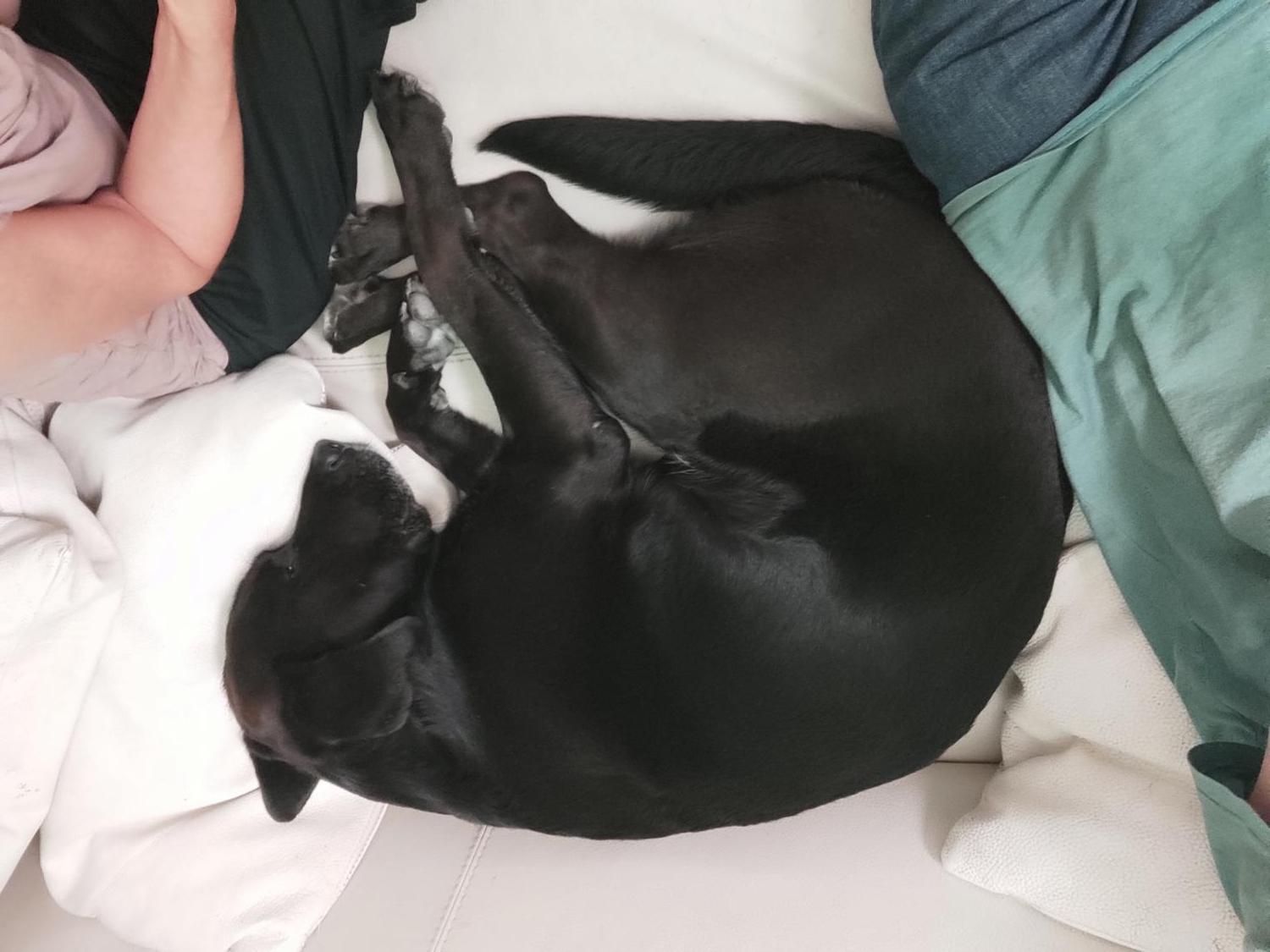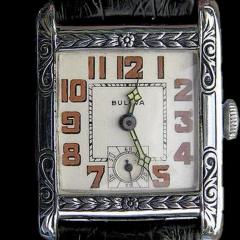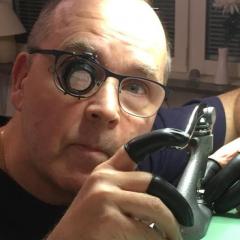Urema Esslingen with a wiring problem
-
Recently Browsing
- No registered users viewing this page.
-
Topics
-
Posts
-
I was pleased to pick up a selection of some tools on ebay (v cheap 🤣), and they've just arrived, I've been looking for a crystal press for a while, and this one is ideal But in the selection is this thing - what is it for? (it's about 3" long) Something to do with stem tubes?
-
By Neverenoughwatches · Posted
I think I've heard that more than from just Alex. That doesn't make it right though, but I'm convinced i saw some literature diagram explaining why to do that. There must be good info here in the archives, I'll have to have a dig around. -
That will mean dismantling the gear train, which with 5 pivots to align was a pain. Probably going to have to though. I'm convinced it's something to do with the great wheel.
-
As far as I know, the only time an epilame treatment has potential drawbacks is when something is rubbing on the treated part w/o lubrication in between creating abrasive dust. That is, I don't believe in the method of "running the watch to make a groove through it first in the pallet stones where the lubrication is then placed". So, I think the rule would be; do not epilame treat parts where rubbing is going on without lubrication. Other than that I don't think we have anything to worry about. That said, I'm not an expert, and I'm always happy to learn more. Has any other repairer than Alex suggested or explained the "making-a-groove" method? My impression is that it's just something he constructed in his mind. I have not perceived it as a generally practiced method. Again, I could be wrong!
-








Recommended Posts
Join the conversation
You can post now and register later. If you have an account, sign in now to post with your account.
Note: Your post will require moderator approval before it will be visible.